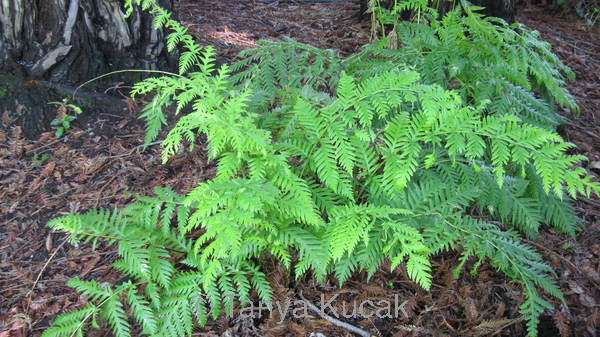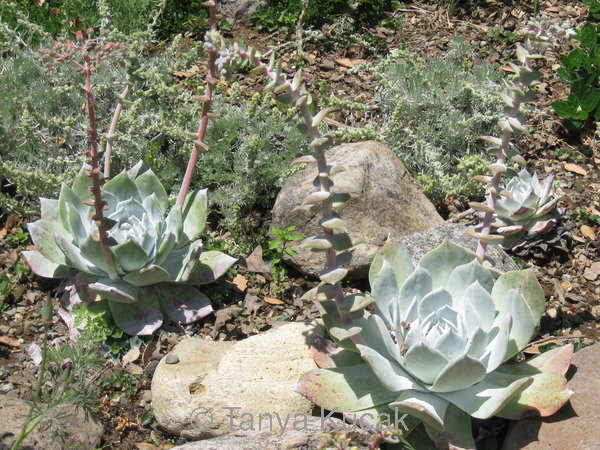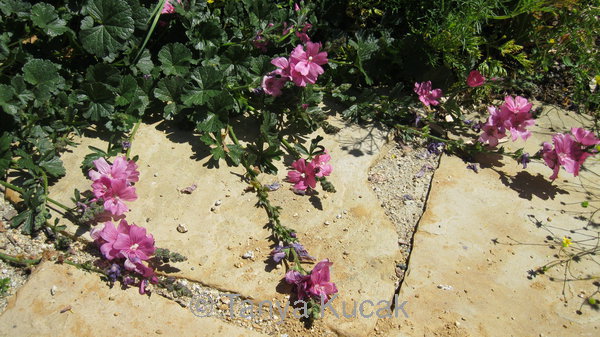
Julie Montanari switched careers from banking to landscape design because of water. She wanted to promote landscaping “in a way that's more sensible for the California climate.”
In a recent talk to a Gardening with Natives group, she talked about the dire water situation in California and how to landscape in a way that's compatible with the climate.
You may have seen the alarming photos of depleted reservoirs and nonexistent snowpack, but according to Montanari, “overuse of groundwater may be a bigger long-term issue.” In the Central Valley, so much groundwater has been removed that the land has sunk up to tens of feet in some areas over the last 50 to 100 years. If you're thinking, “there oughta be a law,” well, in fact there is one.
The 2010 Water Efficient Landscape Ordinance (WELO, AB 1881) has “good principles,” she said, but in practice it has not been enforced. The “old (wrong) idea was to design a landscape, then figure out how to irrigate it.” The new idea, promoted by WELO, is to “start with a water budget, then design the landscape.”
WELO's principles include the following.
“Stop treating rainwater like waste,” she said. Keeping irrigation and rainwater onsite helps recharge the groundwater. Design strategies such as using permeable surfaces, grading, creating dry creeks to slow the flow on slopes, and mulching will help the soil absorb the water.
“The best mulch is the one you don't pay for,” she said, whether it comes free from arborists or directly from your trees. “They call them leaves because you're supposed to leave them.” Montanari recommended 3 to 4 inches of mulch in planted areas. “Please don't put rocks on top of your trees,” she said. Rocks are heavy and get hot, and are appropriate only for plants that come from rocky, gravelly areas.
To choose waterwise plants, particularly if you are removing a lawn to get a rebate, the best source is WUCOLS (Water Use Classification of Landscape Species; the acronym rhymes with “chuckles”), an online resource. In the Plant Search Database, choose “Los Altos” under the North Central Coastal region, then choose the plant characteristics and water needs to see a plant list for this climate. For instance, select Low or Very Low for a minimal water budget.
Tanya Kucak gardens with plenty of compost and mulch.

When leaves fall, leave them as mulch. Even redwood duff makes a good mulch under redwoods.

Use rocks around succulents and other plants that naturally grow in rocky areas. Never put rocks at the base of trees and shrubs – they are too heavy and get too hot for the roots.

The spaces between paving stones enable rainwater to filter through so it can recharge groundwater. Fill the spaces between the stones with sand, gravel, or small plants to make a permeable path.
© 2015 Tanya Kucak